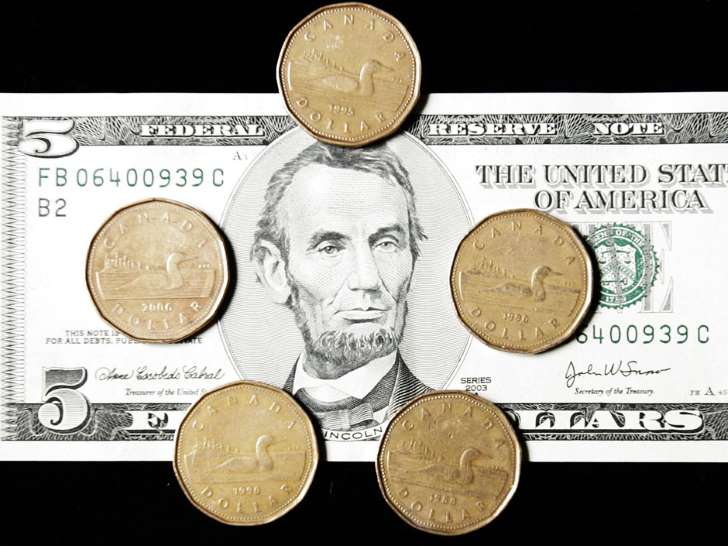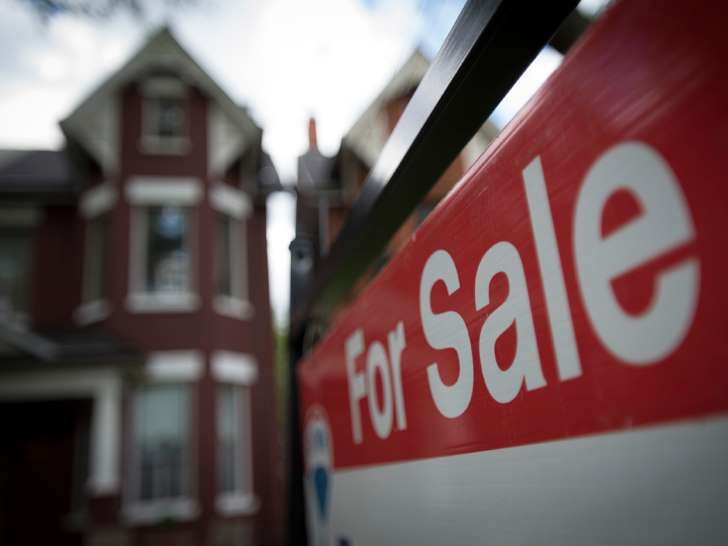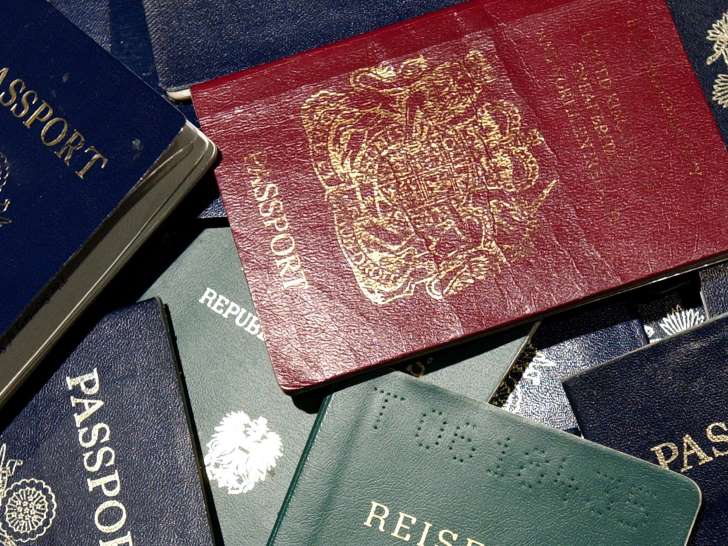Rising oil prices have pushed up the loonie against the U.S. dollar in recent months, but CIBC Capital Markets says that will likely change later this year.
CIBC analysts said in a new report that a Fed hike in December will push the loonie down to 74 cents U.S., from its current level of about 77 cents U.S.
“With oil prices expected to languish around current levels, look for the loonie to reach the 1.35 (74 cents U.S.) level by the end of the year,” write analysts at CIBC World Markets. “That’s a less dramatic move than we earlier thought, since we eliminated a September hike from our Fed outlook.”
The loonie could fall from current levels later this summer, when StatsCan releases economic data for the second quarter. CIBC expects those numbers will be worse than the market is pricing in. Still, analysts say it likely won’t be enough to do real damage to the currency.
The real action will happen in the fourth quarter, when CIBC says the Fed will move rates from the current range of 0.25 per cent to 0.50 per cent up to 0.50 per cent to 0.75 per cent.
“A December rate hike from the Fed will see negative front-end spreads drive the Canadian dollar weaker against its U.S. counterpart,” CIBC analysts write.
The forecast calls for the loonie to bottom out in Q4, before gradually beginning a recovery in 2017. CIBC sees oil prices averaging US$66 a barrel next year, which should boost the currency to a trading band of 75 cents U.S. abd 77.5 cents U.S.
“With both the central bank south of the border taking an extremely gradual approach to rate hikes and the Canadian economy chewing through the slack that opened up over the past couple of years, the loonie won’t be feeling as much pressure in 2017,” write CIBC analysts.



 South Asian News E-Paper
South Asian News E-Paper Punjabi News E-Paper
Punjabi News E-Paper

















